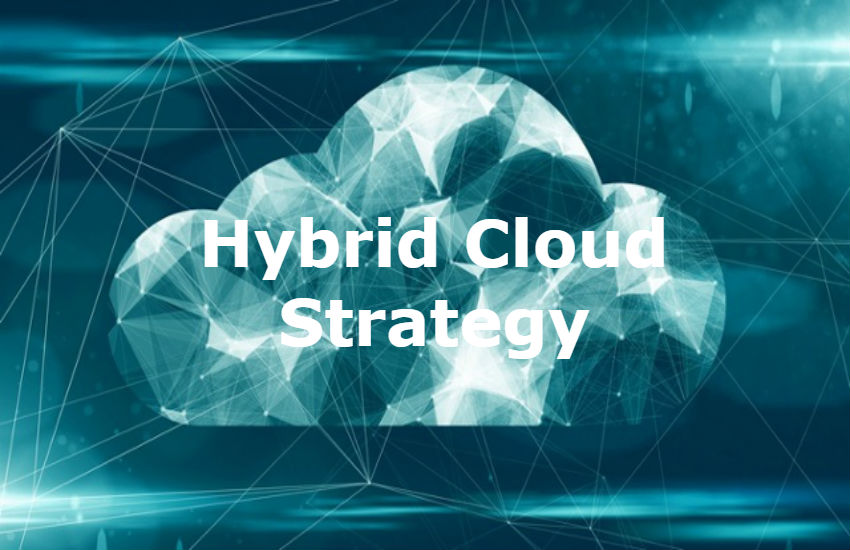Hong Kong, China: As many as 44% of enterprises in Asia-Pacific are deploying hybrid cloud without a formal strategy in place, revealed a new 451 Research survey whitepaper.
NTT Group‘s NTT Communications in partnership with VMware commissioned this survey whitepaper – “Going Hybrid: Demand for Cloud and Managed Services Across Asia-Pacific.”
The survey was conducted in six Asia-Pacific countries including Australia, Hong Kong, Indonesia, Malaysia, Singapore and Thailand in Q3, 2018. The poll analyzed prevailing technology choices, service provider preferences, service priorities, and measures of hybrid cloud strategy and execution.
While multi-cloud has become a new norm for most enterprises across Asia Pacific, the study found that over 90% of polled businesses have multiple cloud environments with varying degrees of interoperability, and more than half said they are already using a hybrid cloud.
However, nearly 44% begun implementing hybrid cloud pilots without an overarching hybrid strategy in place.
“Alarmingly a significant portion of large enterprises lack a formal hybrid-cloud strategy. While they recognize the potential benefits, they underestimate the technical complexity which may derail their business modernization efforts if they do not have a future-proof hybrid cloud plan,” said Dave Scott, Solutions Director, NTT Communications Managed Services.
Three different paths to hybrid cloud migration: cloud-first, lift-and-shift, and refactor-and-shift
Enterprises are found to be actively considering an off-premises cloud as a critical component of their business modernization strategy, while a hybrid cloud offers intermediary steps in their business transformation. The survey found that over 50% of enterprises primarily emphasize migrating workloads from their internal environments when deploying into a public cloud.
However, there is no predominate approach to their cloud migration as currently 28% are focused on a ‘lift and shift’ approach while, other 28% are refactoring before moving. Another third are focused on the public cloud for net new applications.In terms of hybrid workload deployment plans, there is little uniformity across all the businesses.
In the next two years, CRM/sales and marketing (49%), database and data warehousing (48%) and file and content storage (47%) will be the key focus for workloads to be shifted to hybrid cloud environments, up from 25%, 28% and 28% respectively. The strong traction indicates enterprises’ growing confidence in hybrid cloud to support their full spectrum of business requirements and application portfolios.
Managed services: course-correction required for enterprises lacking a well-thought-out hybrid cloud and security strategy
Another key consideration to drive hybrid cloud migration is security and compliance, which 95% of enterprises rated as their top requirement. In addition, nearly half of respondents pointed to improvements in the consistency of security policies across environments and better management of risk — challenges that can emerge as businesses begin to employ multiple cloud environments.
Enterprises embarking on a hybrid cloud strategy must ensure they build in security, but designing and applying security for hybrid cloud is challenging, and a task that is sometimes outside the capabilities of an organization’s own security team. Over 50% of enterprises pointed to the fact that they use managed services at some point in their cloud journey.
Beyond security, enterprises are also turning to managed services providers that support both the initial design and implementation of hybrid cloud, as well as its ongoing operation, to continually optimize workloads between various infrastructure environments for the best mix of performance, availability, security and cost.
“End-to-end managed services and compliant-ready security management are increasingly becoming a strategy to future proof a company’s business growth paths,” Scott added.
All enterprises are at different stages in designing, implementing and operating their workloads or systems in a hybrid cloud environment.

